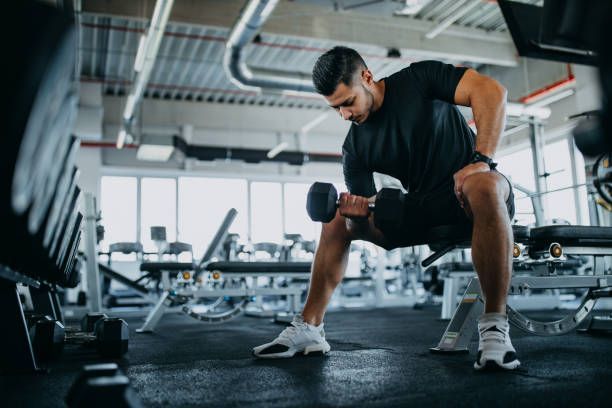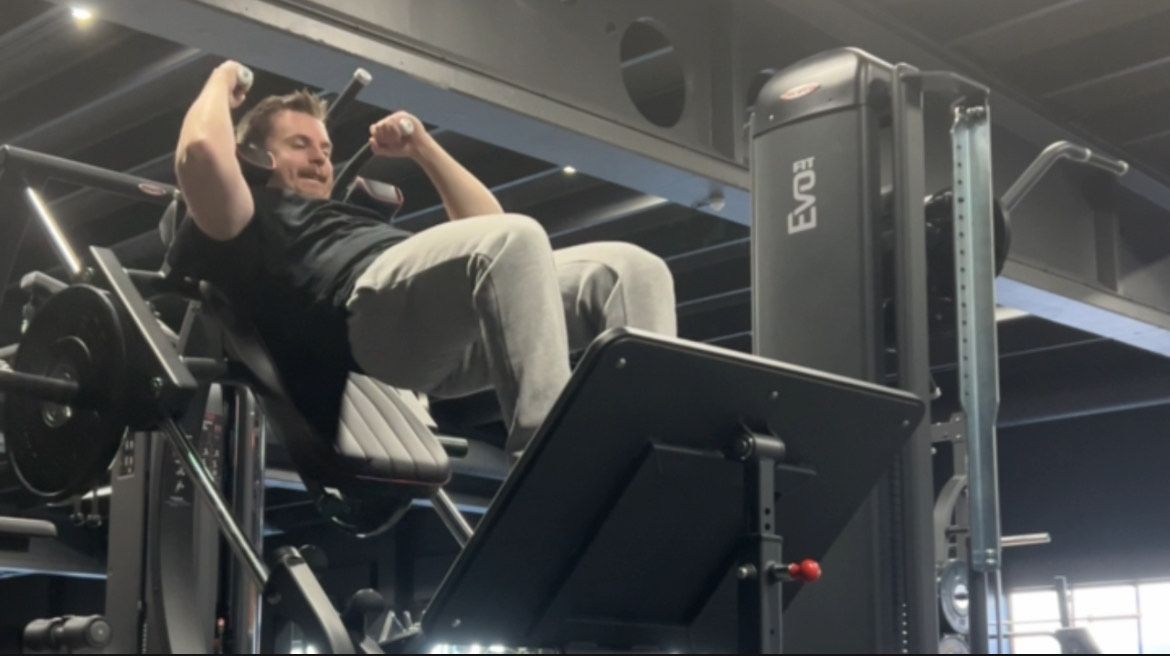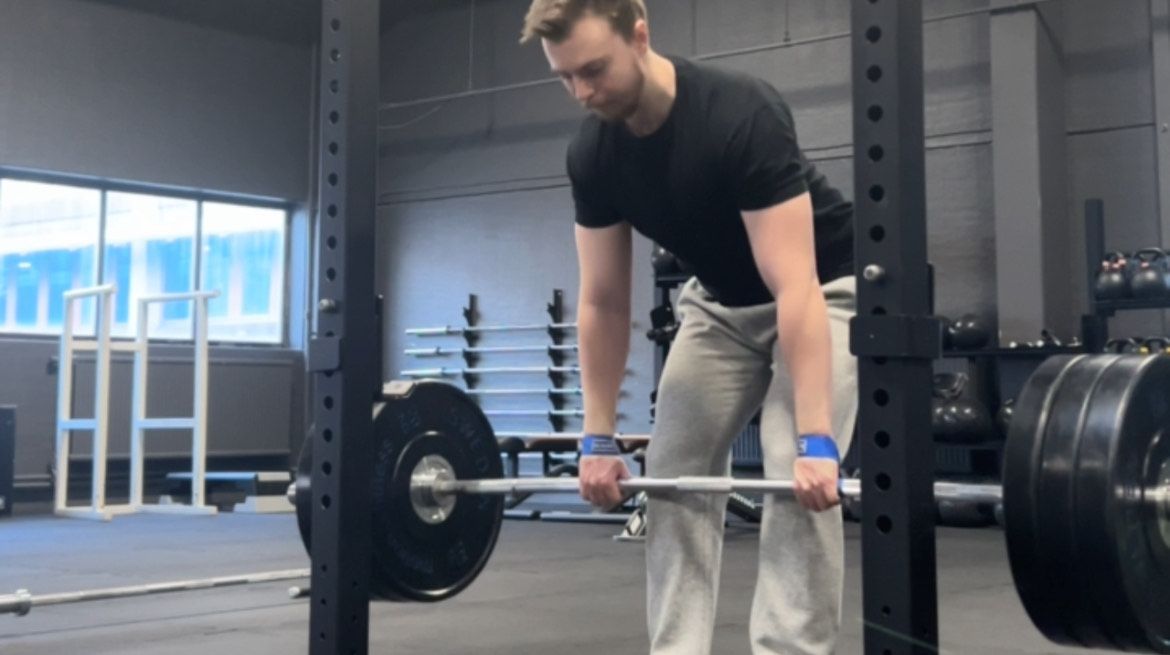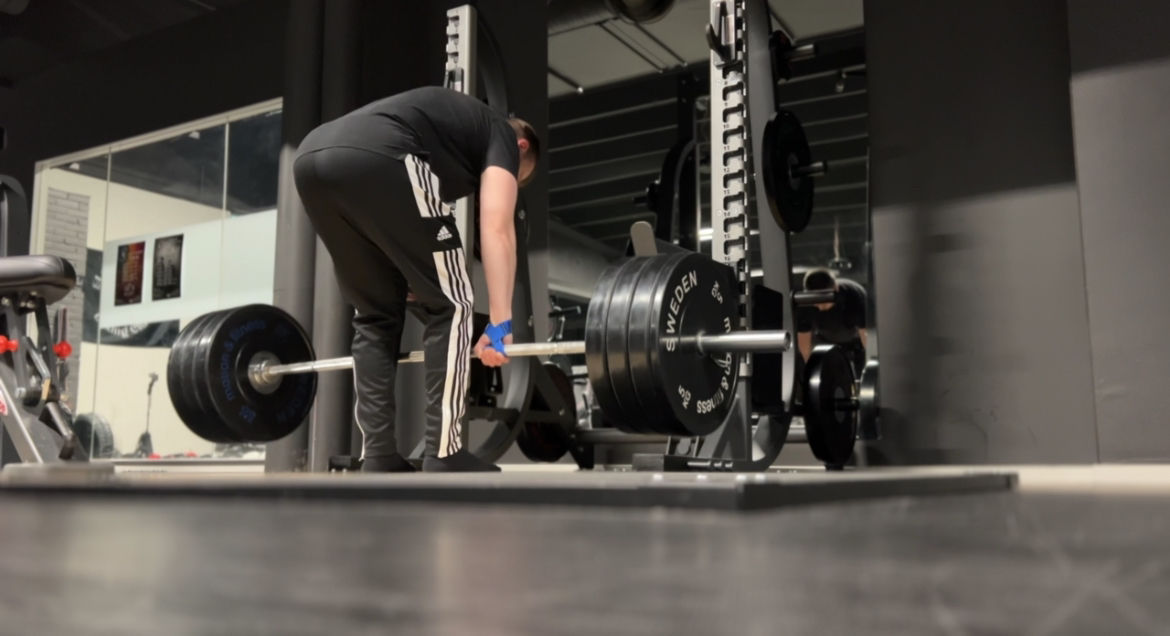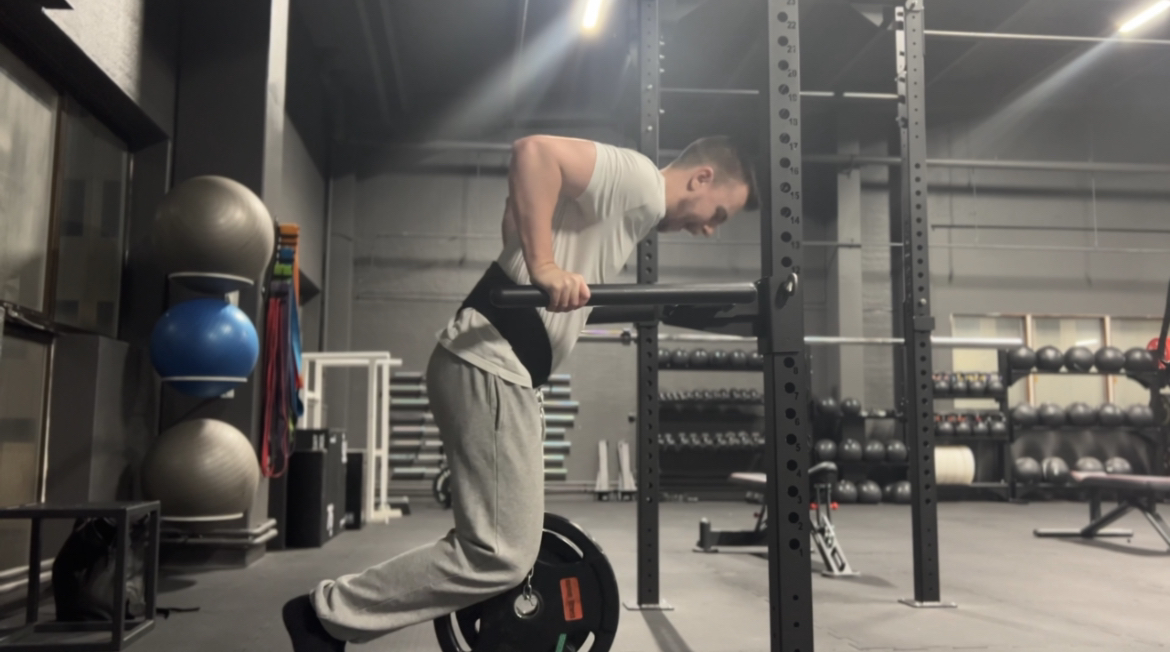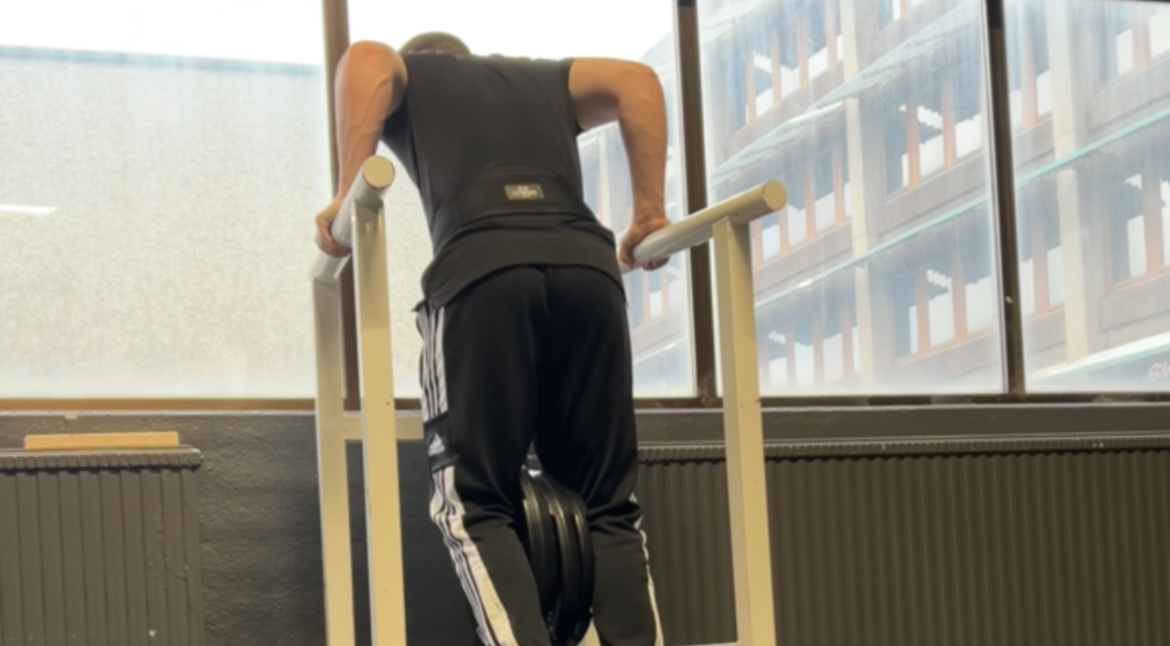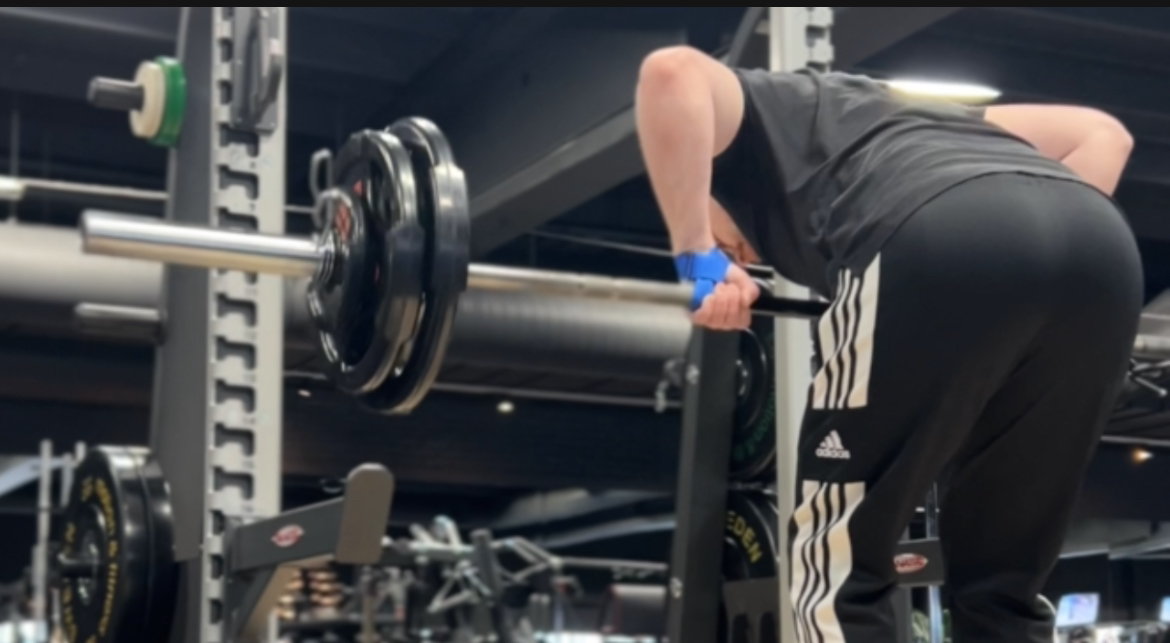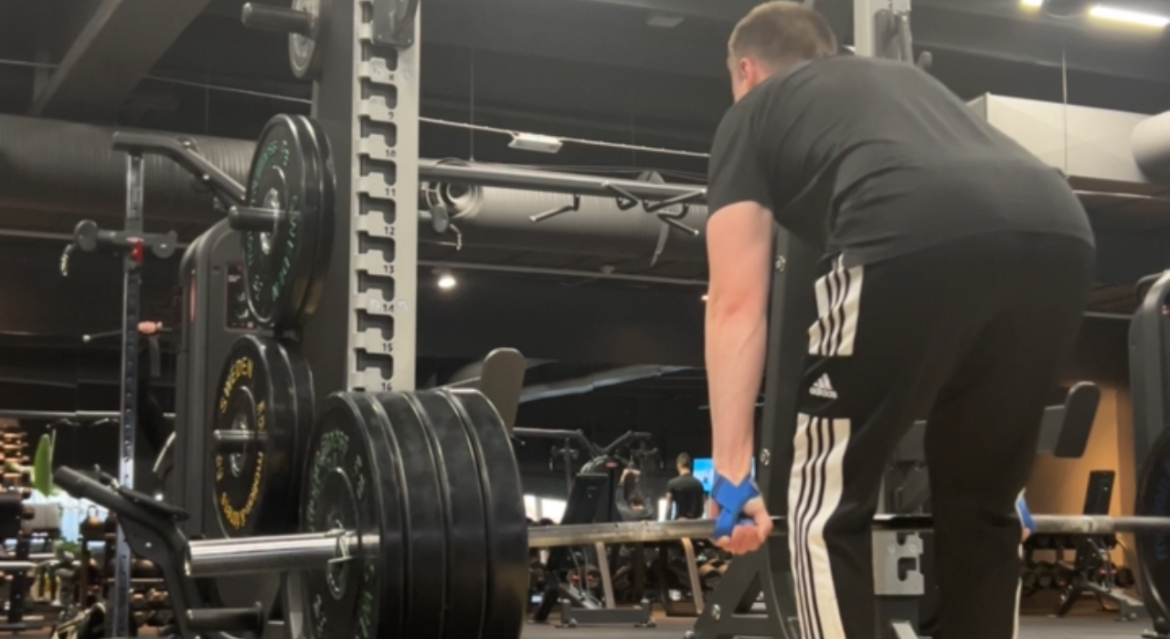Why you need back extensions
One of the best hamstring exercises
When it comes to building a strong and resilient lower body, exercises targeting the hamstrings and glutes often take center stage. While squats, deadlifts, and lunges are frequently praised for their effectiveness, another exercise often overlooked but equally powerful is the back extension. This often underappreciated movement not only strengthens the lower back but also engages the hamstrings and glutes in a unique and impactful way. In this article, we explore why back extensions deserve a prominent place in your workout routine as one of the best exercises for hamstring and glute development.
Targeting the Hamstrings:
- Isolation and Activation: Back extensions specifically target the hamstrings by isolating them during the movement. As you hinge at the hips and lift your torso against resistance, your hamstrings engage to control the movement and stabilize your body.
- Lengthening under Load: Unlike traditional hamstring exercises like leg curls, back extensions allow the hamstrings to lengthen under load. This eccentric contraction, where the muscle lengthens while under tension, is crucial for muscle growth and strength development.
- Functional Movement Pattern: The motion of the back extension closely mimics activities that require hip extension, such as running, jumping, and even walking. By strengthening the hamstrings in this functional movement pattern, you can improve athletic performance and reduce the risk of injury.
Engaging the Glutes:
- Hip Extension: Back extensions involve hip extension, a fundamental movement that activates the gluteus maximus—the largest muscle in the gluteal group. As you lift your torso against resistance, your glutes contract to extend the hips, driving the movement.
- Posterior Chain Activation: The glutes play a significant role in the posterior chain, a group of muscles running along the back of the body, including the hamstrings, glutes, and lower back. By strengthening the glutes through back extensions, you improve the overall stability and strength of the posterior chain.
- Improved Hip Mobility: Weak or underactive glutes can contribute to poor hip mobility and alignment, leading to issues like lower back pain and hip impingement. By strengthening the glutes through back extensions, you can improve hip mobility and reduce the risk of these problems.
Benefits of Back Extensions:
- Lower Back Health: While back extensions primarily target the hamstrings and glutes, they also strengthen the erector spinae muscles along the spine, promoting lower back health and reducing the risk of injury.
- Versatility: Back extensions can be performed using various equipment, including a dedicated back extension machine, a stability ball, or even bodyweight alone. This versatility makes them accessible to individuals with different fitness levels and equipment availability.
- Safety and Accessibility: Unlike some traditional hamstring and glute exercises that require heavy weights or complex equipment, back extensions can be performed with minimal risk of injury. This makes them suitable for beginners and those recovering from injury.
Incorporating Back Extensions into Your Routine:
- Frequency: Aim to incorporate back extensions into your lower body workout routine at least once or twice a week to ensure adequate stimulus for muscle growth and strength development.
- Progression: Start with bodyweight back extensions and gradually increase the resistance by holding a weight plate or dumbbell across your chest. Focus on maintaining proper form and control throughout the movement.
- Variations: Experiment with different variations of back extensions, such as hyperextensions, reverse hyperextensions, or stability ball back extensions, to target the muscles from different angles and challenge your body in new ways.
Conclusion:
Back extensions offer a myriad of benefits for hamstring and glute development, including isolation, activation, and functional strength. By incorporating this often underrated exercise into your workout routine and paying attention to proper form and progression, you can unlock the full potential of your lower body muscles and build strength, stability, and resilience for optimal performance and injury prevention.

